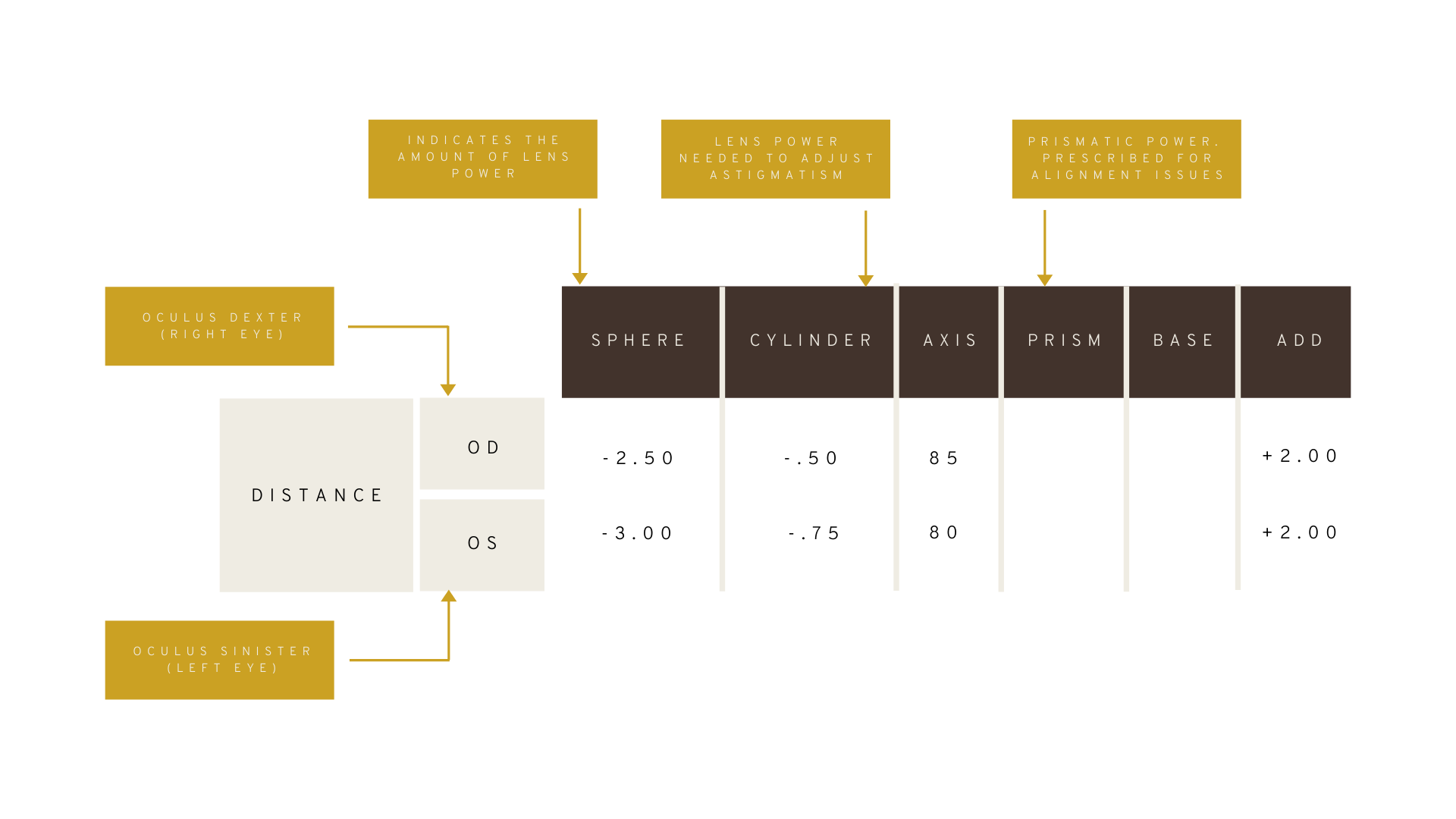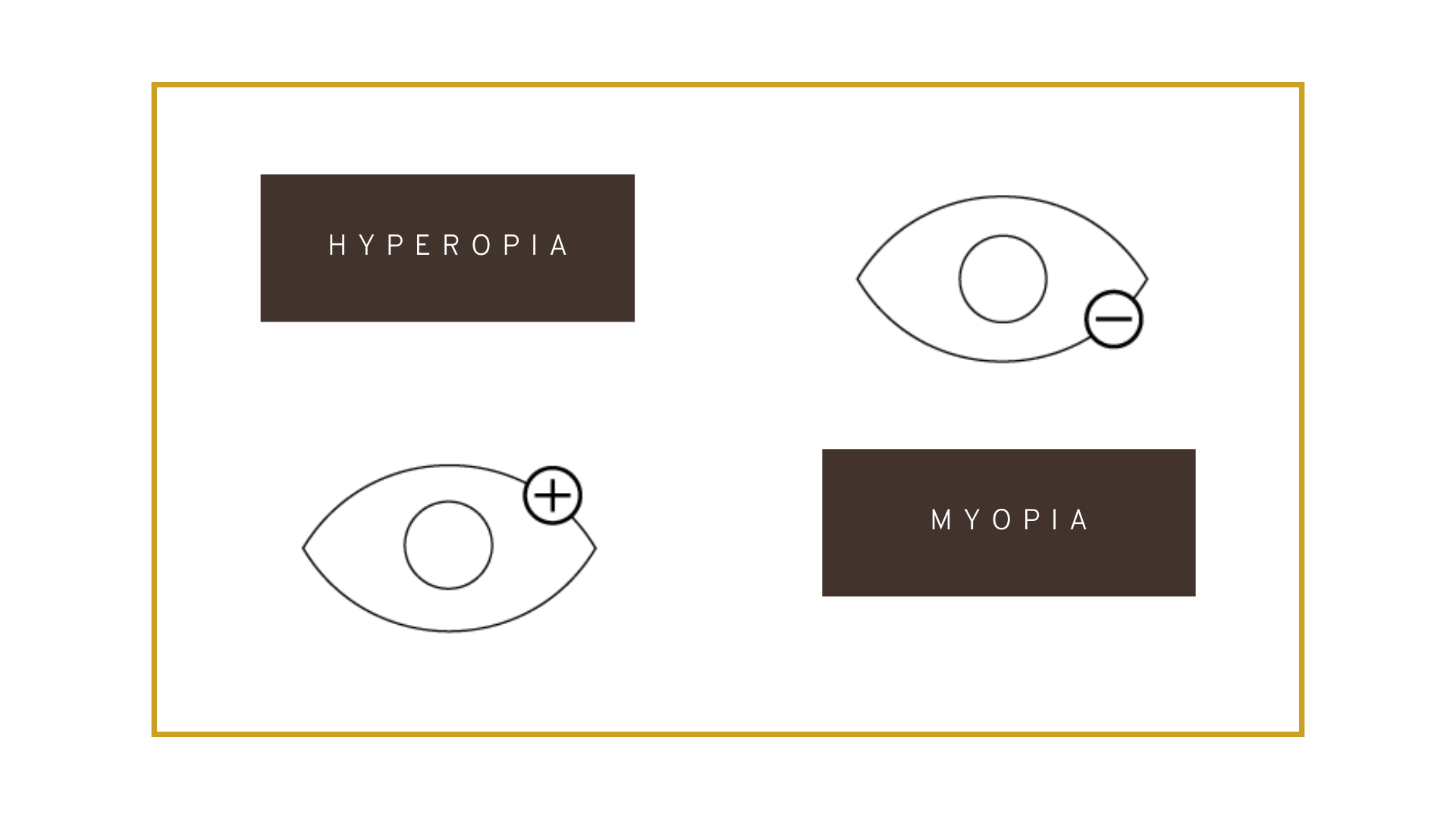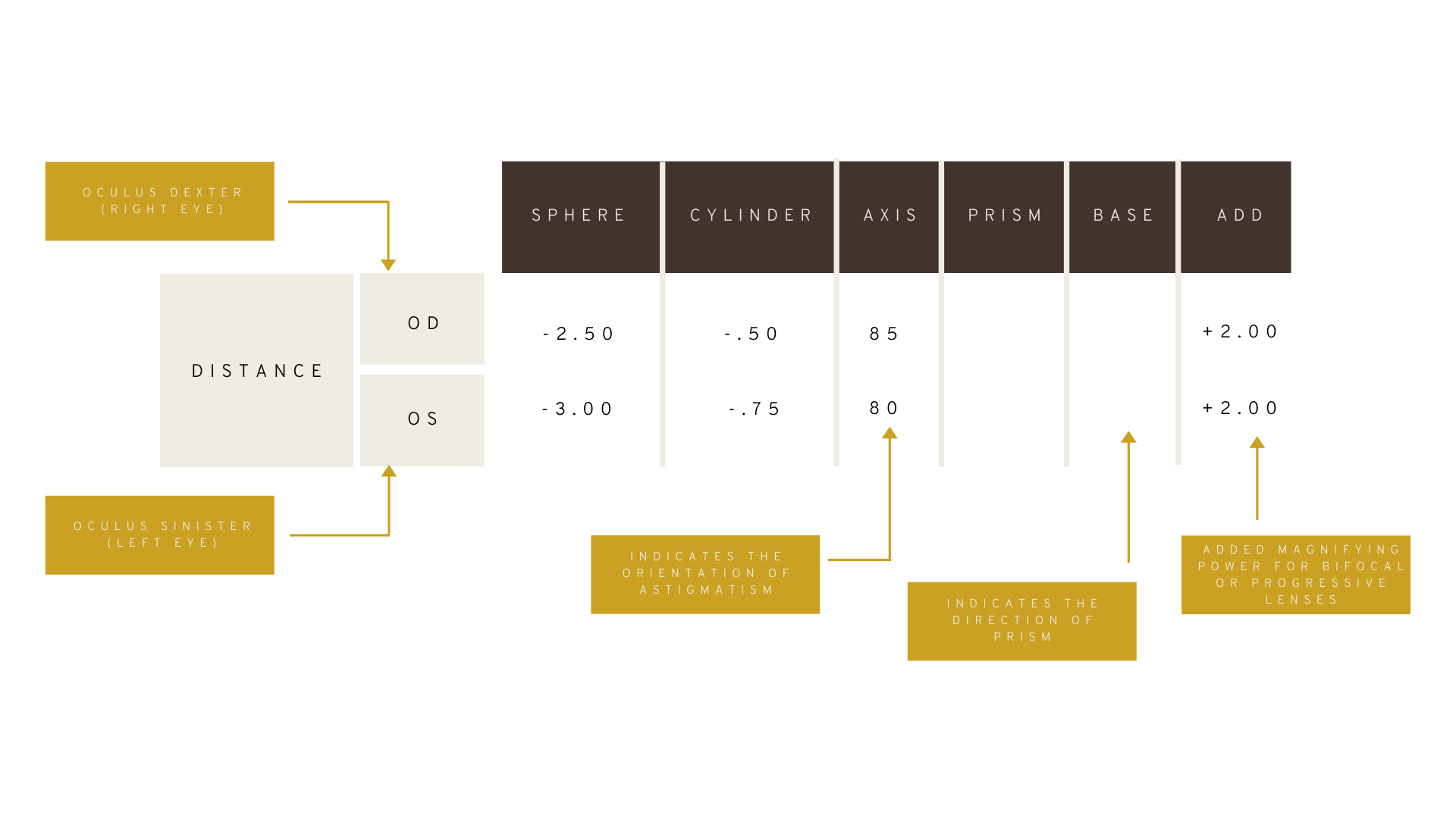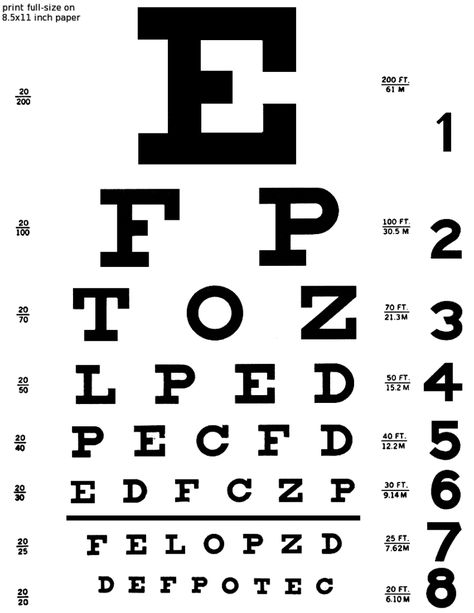How To Read Your Glasses Prescription
When it comes to ordering your next pair of glasses, whether from David Kind or another brand, one of the most important steps is making sure your eyeglass prescription is up to date. Understanding your prescription on your own can give you a better sense of how your vision changes over time. At first glance, your prescription might look confusing, but learning how to read it can be incredibly helpful. In this guide, we’ll walk you through the key elements of an eyeglass prescription and what they mean so you can make informed choices about your new glasses.

Nearsighted
Nearsightedness, also known as myopia, is a common condition where close objects are clear, but distant ones appear blurry. If you're nearsighted, your prescription will include a number with a minus sign in the sphere column. The sphere value tells you the strength of the lens needed to correct your vision, measured in diopters. This helps your eyes focus properly on distant objects.
Farsighted
Farsightedness, or hyperopia, is the opposite of myopia. People who are farsighted often see distant objects clearly, but nearby items may appear blurry. If you're hyperopic, your prescription will have a number with a plus sign in the sphere column. This indicates that the lenses need to help your eyes focus on closer objects.
 Astigmatism
Astigmatism
Astigmatism is a common eye condition that causes blurred or distorted vision at all distances. It happens when the front surface of the eye isn’t perfectly curved. If you have astigmatism, your prescription will include two numbers: one in the cylinder column and one in the axis column. The cylinder measures the amount of correction needed, while the axis shows the angle at which the correction should be applied.
Bifocal & Progressive Lenses
If your prescription includes a multifocal option, you'll see an "ADD" value. These types of prescriptions are typically recommended starting in your 40s, though exceptions do exist. Bifocals have a visible line and correct for both distance and reading. Progressive lenses, on the other hand, offer a smooth transition between distance, intermediate, and near vision—all in one lens.
 So, how often should you get an eye exam? We recommend a comprehensive eye check-up every one to two years to ensure your vision is clear and your eyes are healthy. Changes in your vision can be subtle, like holding books further away or squinting more. Headaches are also a common sign that your eyes are working too hard or that your prescription may need updating. If you notice any of these signs, don't hesitate to schedule an appointment with your optometrist.
So, how often should you get an eye exam? We recommend a comprehensive eye check-up every one to two years to ensure your vision is clear and your eyes are healthy. Changes in your vision can be subtle, like holding books further away or squinting more. Headaches are also a common sign that your eyes are working too hard or that your prescription may need updating. If you notice any of these signs, don't hesitate to schedule an appointment with your optometrist.

While new prescriptions are usually updated every 1–2 years, high-quality frames—like a classic pair from David Kind—can last for many years without needing replacement. If you already have David Kind frames but just need new lenses, you can easily update them here. If you have questions about your current prescription or need help choosing the right frame for your needs, feel free to reach out to our team. We’re always happy to assist!
BROWSE EYEWEAR
We are a mold factory with over 20 years of experience. Our products are stable, corrosion-resistant, and very durable, and can be precision processed according to customized requirements.
Special Graphite,Graphite Block,Graphite Tube,Graphite Seal Rings
Yixing Xingfeng Carbide Mould Co.,LTD , http://www.xfcmould.com